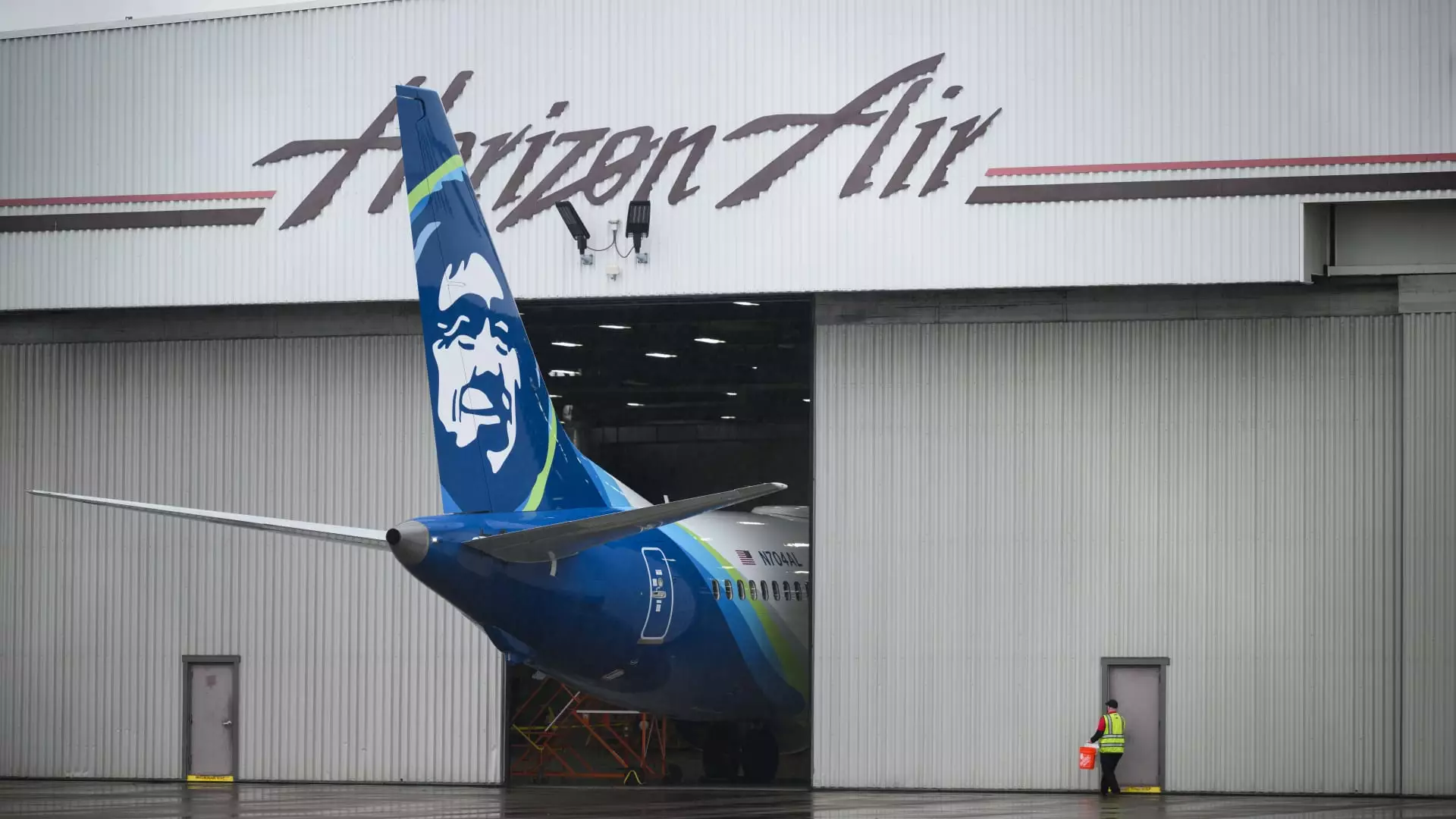In a move that has sent shockwaves through the aviation industry, the Federal Aviation Administration (FAA) announced on Wednesday that it would be halting Boeing’s planned expansion of its 737 Max aircraft production. This decision comes in the wake of a recent incident where a door plug blew out during an Alaska Airlines flight, raising concerns about the quality control of Boeing’s manufacturing processes. While the FAA has allowed Boeing’s Max 9 aircraft to return to service in the coming days, it has made it clear that this is not a return to “business as usual” for the company.
Boeing, which has been struggling to meet the demand for new jets in the post-Covid-19 pandemic era, expressed its commitment to cooperating with the FAA and addressing the quality control issues that have been raised. The company stated that it would “continue to cooperate fully and transparently with the FAA and follow their direction as we take action to strengthen safety and quality at Boeing.” However, the news of the FAA’s decision did not bode well for the company’s stock, as Boeing shares were down roughly 1% in after-hours trading after the announcement.
For airlines that had been eagerly awaiting the return of the 737 Max 9 planes to service, the FAA’s decision brings both relief and frustration. On one hand, the approval of inspection instructions for the Max 9 aircraft means that airlines can now review their fleets and return the planes to service. Both United Airlines and Alaska Airlines, the two U.S. carriers that have the Max 9 planes in their fleet, had to cancel hundreds of flights due to the grounding. Alaska Airlines has announced that it will resume 737 Max 9 flights on Friday, gradually adding more planes to its operations as inspections are completed. United Airlines, on the other hand, plans to begin returning the planes to service starting on Sunday.
The recent incident with the Alaska Airlines flight is just the latest in a string of manufacturing flaws that have plagued Boeing. The CEO’s of both United and Alaska Airlines have expressed frustration with the company over the issues that have been uncovered. The FAA is currently conducting an investigation into Boeing’s production lines, and FAA Administrator Mike Whitaker has made it clear that the agency will be keeping a close eye on the company until it is satisfied that the quality control issues have been resolved. Whitaker stated in an interview with CNBC that the FAA will be employing a “direct inspection” approach with Boeing, indicating that the agency will be closely monitoring the company’s manufacturing processes.
The FAA’s decision to halt Boeing’s 737 Max aircraft production expansion is a reflection of the serious concerns that have been raised about the company’s quality control. While the clearance for the Max 9 to return to service provides some relief for airlines and passengers, it is clear that Boeing still has a long way to go in restoring trust and confidence in its products. The investigation into Boeing’s manufacturing flaws will undoubtedly have far-reaching implications for the company, its customers, and the aviation industry as a whole. Only time will tell how Boeing responds to these challenges and whether it can successfully address the issues that have been uncovered.

Leave a Reply